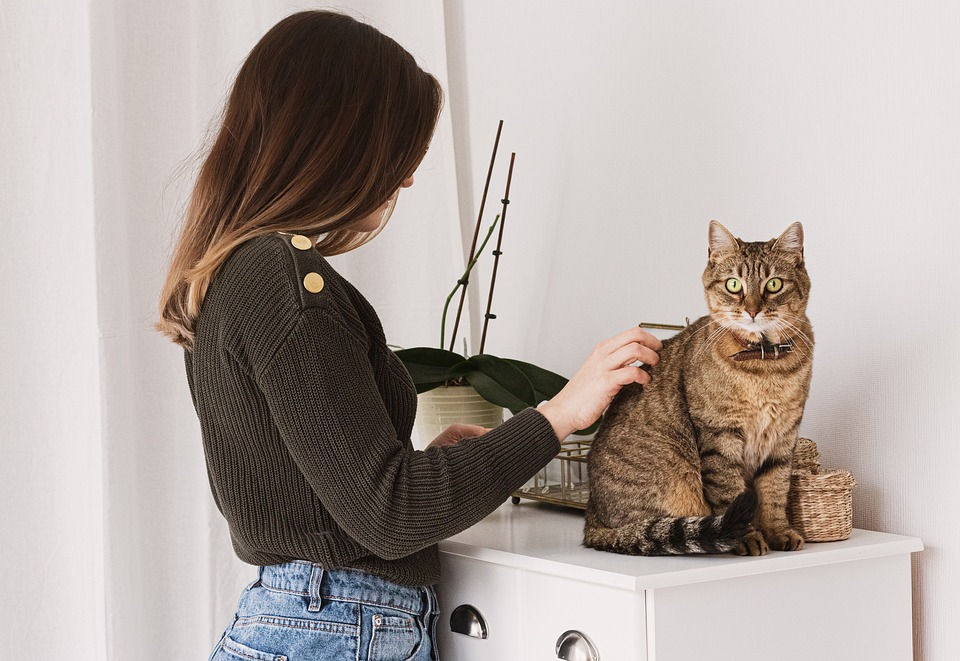
Introduction
Welcoming a new kitten into your home is an exciting and rewarding experience. However, it’s important to remember that kitten care involves more than just feeding and play. Proper grooming is essential to raising a healthy and well-behaved feline companion. This comprehensive guide will provide you with valuable insights and practical advice on mastering kitten grooming, ensuring that your furry friend remains healthy and content.
Understanding the Importance of Kitten Grooming
Grooming is a crucial aspect of a kitten’s overall well-being. It not only helps maintain their physical health but also strengthens the bond between you and your pet. Regular grooming allows you to monitor your kitten’s health, preventing issues such as matting, skin infections, and parasites. Moreover, it helps your kitten become accustomed to human touch and handling, promoting trust and reducing stress during vet visits or other interactions.
Essential Grooming Supplies
Before you start grooming your kitten, it’s important to have the right tools on hand. Here’s a list of essential grooming supplies:
- Brushes and Combs: A slicker brush and a fine-toothed comb are ideal for removing loose fur and preventing tangles.
- Nail Clippers: Cat-specific nail clippers are necessary for trimming your kitten’s claws safely.
- Shampoo: Use a gentle, kitten-safe shampoo for occasional baths.
- Toothbrush and Toothpaste: Feline dental care products are essential for preventing dental issues.
- Ear Cleaner: A vet-approved ear cleaner will help keep your kitten’s ears clean and free of infections.
Step-by-Step Grooming Routine
Brushing and Combing
Regular brushing is essential for keeping your kitten’s coat healthy and tangle-free. Start with a slicker brush to remove loose fur and debris, then follow up with a fine-toothed comb to prevent mats and tangles. Brush gently and pay extra attention to areas prone to matting, such as behind the ears and under the legs. This routine should be done at least once a week, more often for long-haired breeds.
Nail Trimming
Trimming your kitten’s nails is crucial to prevent them from becoming overgrown and causing discomfort. Use cat-specific nail clippers and trim the tips of the claws, being careful not to cut into the quick, which can cause pain and bleeding. If you’re unsure, ask your veterinarian to demonstrate the proper technique.
Bathing
Kittens are generally good at grooming themselves, but occasional baths may be necessary if they get into something sticky or dirty. Use lukewarm water and a kitten-safe shampoo. Gently lather your kitten, avoiding the face and ears, and rinse thoroughly. Dry your kitten with a soft towel and keep them warm until completely dry. Bathing should be done sparingly to avoid stripping natural oils from their coat.
Dental Care
Maintaining your kitten’s oral health is vital for preventing dental disease. Introduce tooth brushing gradually, using a feline toothbrush and flavored toothpaste. Start by letting your kitten taste the toothpaste, then gently brush their teeth in a circular motion. Aim to brush their teeth at least a few times a week.
Ear Cleaning
Regular ear checks are important to prevent infections and ear mite infestations. Use a vet-recommended ear cleaner and cotton balls to gently clean the outer ear. Never insert anything into the ear canal. If you notice any unusual discharge or odor, consult your veterinarian.
Handling and Training Your Kitten
Grooming sessions provide an excellent opportunity to train your kitten to handle being touched and examined. Start by gently petting and handling your kitten’s paws, ears, and mouth to get them accustomed to the grooming process. Offer treats and praise to create a positive association with grooming. Gradually increase the duration of grooming sessions as your kitten becomes more comfortable.
Common Grooming Challenges and Solutions
Even with the best intentions, grooming can sometimes present challenges. Here are some common issues and how to address them:
- Fear and Resistance: If your kitten is fearful or resistant to grooming, take it slow and be patient. Use treats and positive reinforcement to build trust.
- Mats and Tangles: For stubborn mats, use a detangling spray or consult a professional groomer to avoid causing pain or injury.
- Nail Bleeding: If you accidentally cut the quick, apply styptic powder to stop the bleeding and soothe the area.
- Dental Discomfort: If your kitten resists tooth brushing, try different flavors of toothpaste or use dental wipes as an alternative.
Recognizing When to Seek Professional Help
While regular at-home grooming is essential, there are times when professional help may be needed. Consider seeking professional grooming services if:
- Your kitten has severe matting that you cannot safely remove.
- Your kitten is extremely fearful or aggressive during grooming sessions.
- You notice any signs of skin infections, parasites, or other health issues.
Conclusion
Mastering kitten grooming is an essential part of raising a healthy and well-behaved feline companion. By incorporating regular grooming routines and handling your kitten with care and patience, you’ll help ensure their physical well-being and foster a strong bond. Remember, grooming is not just about maintaining your kitten’s appearance—it’s about ensuring their overall health and happiness. With the right tools, techniques, and a little bit of love, you’ll be well on your way to raising a content and well-groomed feline friend.
#ChatGPT assisted in the creation of this article.








